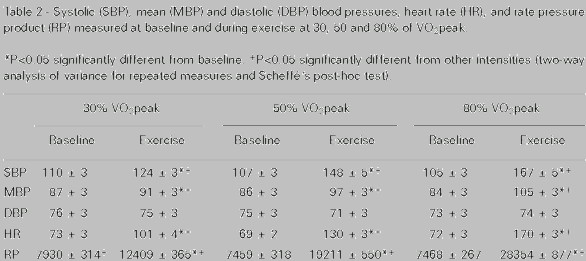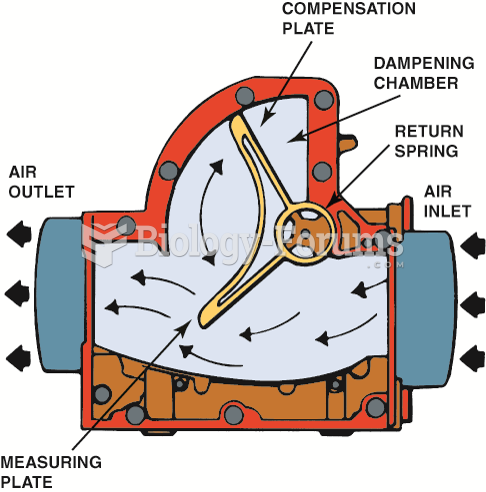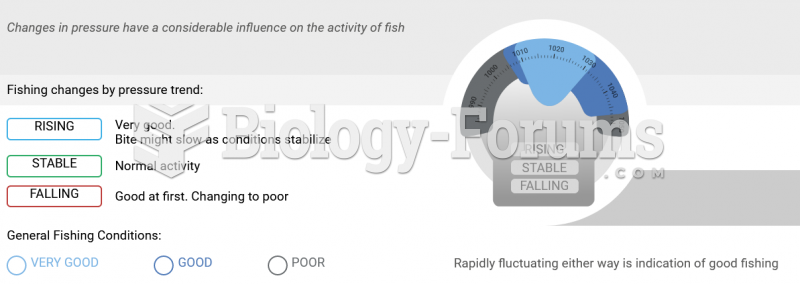|
|
|
Eat fiber! A diet high in fiber can help lower cholesterol levels by as much as 10%.
The calories found in one piece of cherry cheesecake could light a 60-watt light bulb for 1.5 hours.
Bacteria have been found alive in a lake buried one half mile under ice in Antarctica.
Famous people who died from poisoning or drug overdose include, Adolf Hitler, Socrates, Juan Ponce de Leon, Marilyn Monroe, Judy Garland, and John Belushi.
The use of salicylates dates back 2,500 years to Hippocrates's recommendation of willow bark (from which a salicylate is derived) as an aid to the pains of childbirth. However, overdosage of salicylates can harm body fluids, electrolytes, the CNS, the GI tract, the ears, the lungs, the blood, the liver, and the kidneys and cause coma or death.







